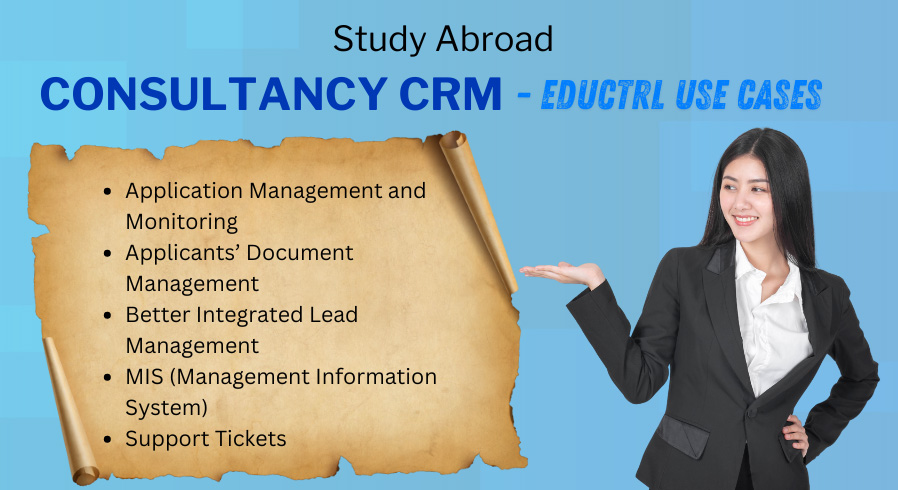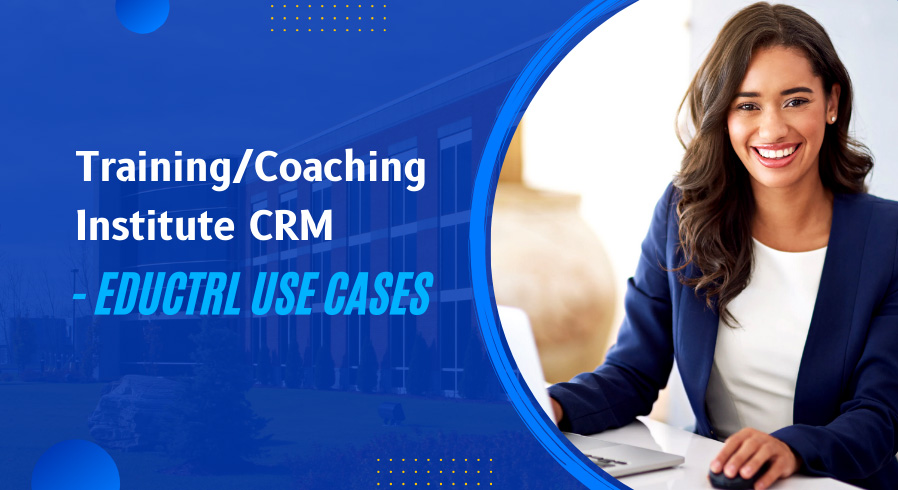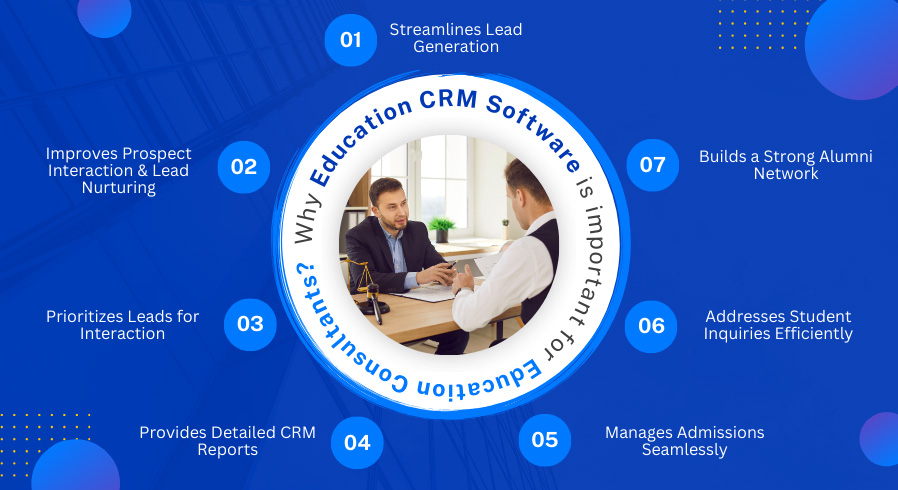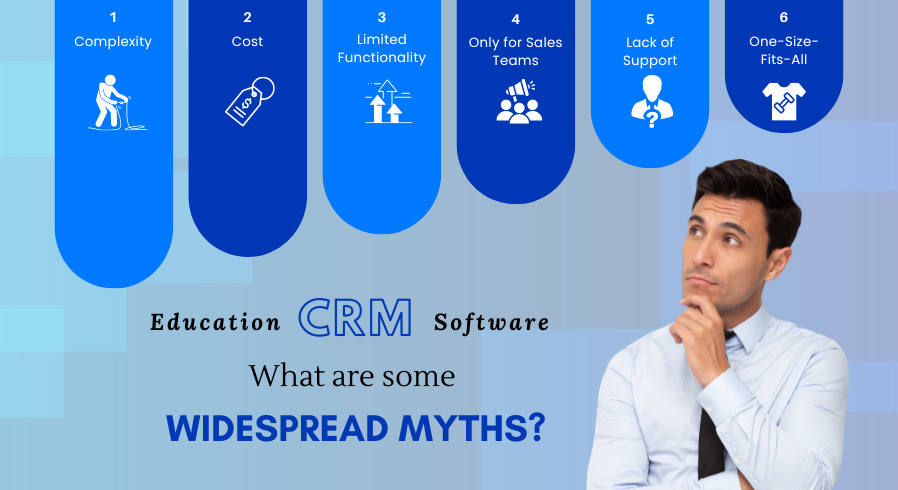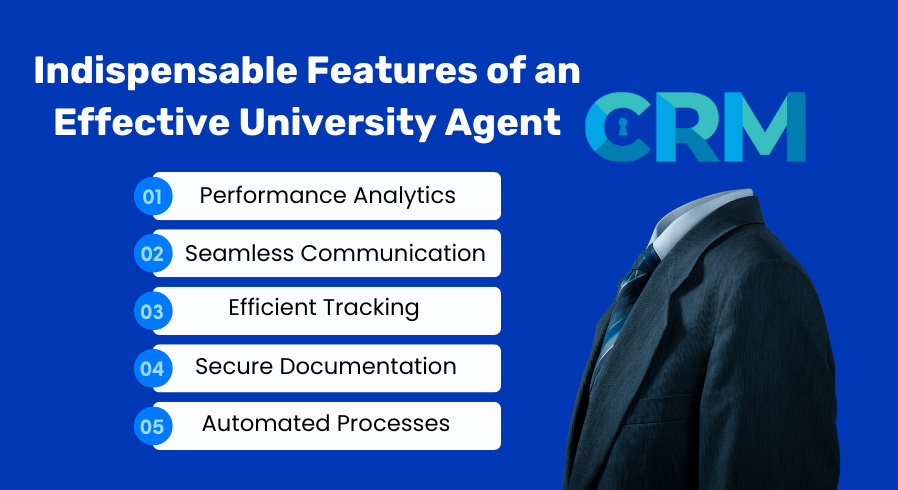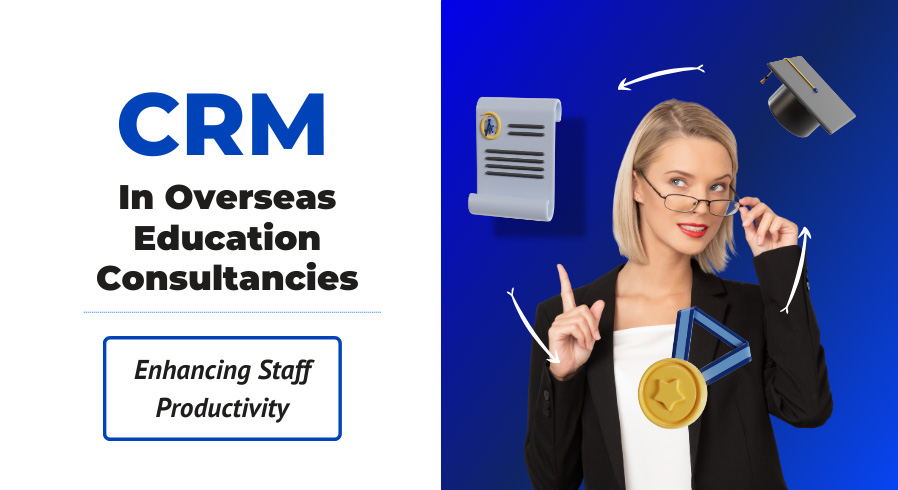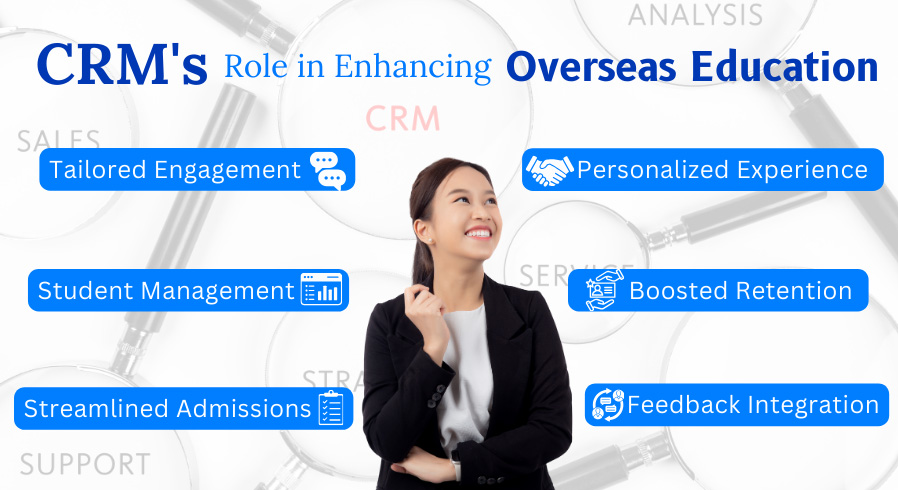Table of Contents
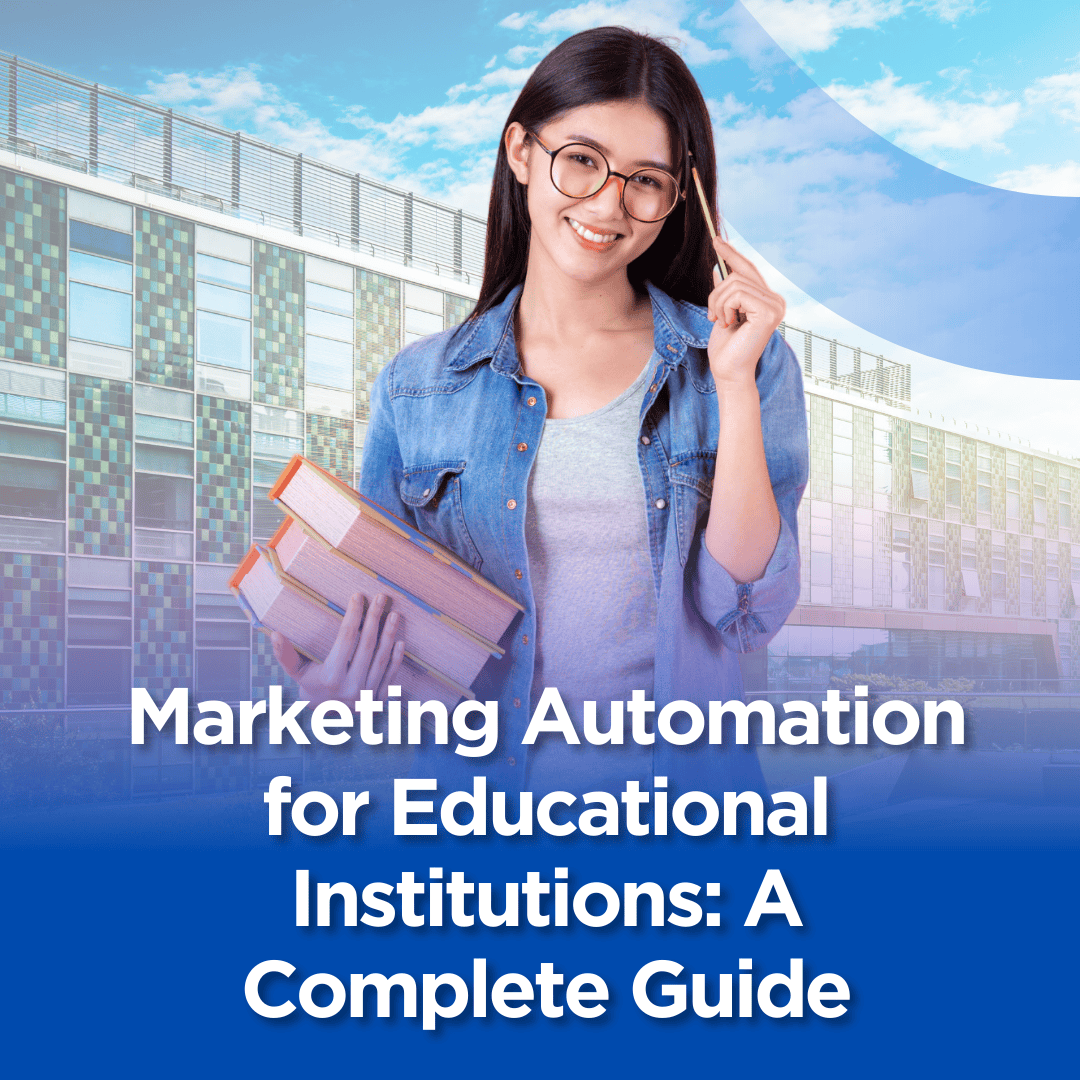
In a fast-moving world, schools and universities require smarter ways to communicate with potential students. Conventional marketing never worked as well as before; that is where marketing automation comes in. Automated tools are changing the way schools identify, engage, and help students succeed. With automation, institutions can work faster, send personalized messages, and make more informed decisions based on data.
This guide discusses how marketing automation can be used for growth and success in educational institutions. It defines what automation consists of and why it matters, key tools used in marketing automation, best practices, real examples, and future trends. Let us see how automation can tranform education marketing.
What is marketing automation?
The use of software to automate repetitive marketing positions is termed marketing automation. It takes over tasks like sending emails, managing contacts, and tracking results. Schools set up rules so that rather than manually carrying each task out, the system works itself. For example, when a student fills out an inquiry form, an automated email can follow up. This keeps contacts engaged without extra effort.
The more that schools can automate tasks, the more time they have to refine their content and create relationships.
Marketing automation is different from traditional marketing, which was almost entirely manual. Today's marketing automation creates efficiencies and personalizes marketing so that prospective students are reached more easily.
Benefits of Marketing Automation for Schools and Universities
Automation has many advantages. By communicating with a student at the right time with the right message, automation improves student engagement for schools. Automated campaigns enable lead nurturing that is far superior to using generic messages, thus leading to a larger number of applications. The institution can also save costs and time, as manual work is greatly reduced.
Another good thing is data insights. An automation tool tracks the campaign's "W's" and "L's," which helps schools plan better campaigns. In other words, it makes automation far more strategic and takes away the open guessing."
Common Challenges and Misconceptions
The way towards automation is not always straightforward. There are those that think it hampers the personal touch afforded to students, while for others, it is the cost or technical issues that hold them back. Very often schools have to act in accordance with various privacy laws, e.g. GDPR and FERPA. When planned out well, these limitations can easily be overcome.
It’s important not to think automation replaces human connection. Instead, it supports personalized communication at scale. When used wisely, marketing automation builds trust and improves the student experience.
Key Components of Marketing Automation in Education
Email and Drip Campaigns
Email is still a primary education marketing tool. A drip campaign is an automated email sequence that sends messages triggered by student behavior. An example of this would be a prospective student who visits an application page and receives reminders about application deadlines or scholarship opportunities. These campaigns encourage participants to keep the school in mind and assist them in navigating toward enrollment.
The consistency offered by email automation means that schools can communicate. Well-crafted series can educate, motivate, and turn interest into applications.
CRM Integration and Student Data Management
Customer Relationship Management (CRM) systems keep all data about students in one place. They keep track of interactions, preferences, and behavior. Integration of CRM with automation tools helps schools send timely follow-ups. For example, if a student expresses interest in a program, the system can automatically recommend similar courses or notify a staff member to follow up.
CRM systems enable seamless communication with students so that no one falls through the cracks. Therefore, everything stays organized and becomes more personal.
Content Personalization and Dynamic Content
Personalized messages become all the more relevant when they can be shown by going into students' automation systems from where they just are in the sequence of processes. For example, the information regarding campus tours can be shown to an early applicant while giving tips on financial aid to an almost complete applicant.
AI and machine learning take personalized approaches one more step further. These technologies analyze each one of the students' interests and behavior in order to recommend the best type of content for them. Thus, students would feel cherished, and the probability of acting would go higher.
Social Media and Digital Advertising Automation
Given that the task is to provide personalization for texts, we will keep the formatting issued and rewrite it in a human-friendly way. Social media scheduling allows for time-saving postings that keep channels alive. Schools can schedule posts, automatically respond to comments, and track engagement. Paid ads can also be scheduled and targeted towards prospective students from nearby areas or specific age groups.
Programmatic advertising manages to allocate ad spend based on performance metrics automatically. It helps in reaching the right students at the right time and thus maximizing marketing dollars.
Analytics and Reporting
Measuring results is necessary, as the management tools offer the implemented dashboards for viewing campaign performance. Open rates, click-throughs, and conversions help reveal what works best. Such data will assist the school in the ongoing refinement of their strategies continuously.
Through regular analysis, such institutions will remain ever conscious of that which works, whether it be raising enquiries or increasing applications.
Implementing Marketing Automation: Best Practices
Setting Clear Objectives and KPIs
Begin with clearly defined objectives. Do you wish for an increased number of applications, better engagement, or improved communication outcomes? Setting clear measurable targets will help understand the success of the implementation. Determine the key performance indicators that will help track progress (e.g. open rates, click-through rates, or application numbers).
Automation goals should be aimed at achieving such goals. Do what progresses your institution.
Choosing the Right Tools and Platforms
Some of the automation platforms would match your specifications. Features like ease in integration with the current systems with good available user interface and customer support would also help in that decision process. That's HubSpot, Marketo, and Mailchimp.
It is advisable to test and compare different tools to determine which ones have the most affordable value and user-friendliness for your team.
Crafting Segmented Campaigns
Don't just send messages that will fit everyone. Split your audience into segments-prospective students, parents, and alumni-and align your content for each group. Use data to figure out their interests and needs. An example-the young adult interested in sports will get different information from the parent who's considering a college.
Targeted campaigns give more personal touch and thus increase the probability of the campaign's success.
Ensuring Compliance and Ethical Use
Honor the privacy laws and enlighten students about how you use their data. Always obtain their consent before sending marketing messages. Privacy policies should be there to inform students regarding the data that are being collected.
Trust equals engagement. When students feel that their information is secure, they are more likely to engage.
Training and Supporting Staff
More than training on how to use automation tools, realize that your company should also provide continuous training and educate the entire workforce to see automation as a potential to facilitate their work. Promote this as a culture whereby decisions of consequence are reached based on data and technology.
Automation effortlessly aids an organization when its people are capable and confident.
Case Studies and Real-World Examples
- The University of Alabama is applying automation to follow up with prospective students with reminders and messages sent out in a timely manner to increase applications.
- Harvard University implements personalised email campaigns targeted to various student populations, thus increasing engagement.
- Community colleges rely on automation to keep in touch with potential students and witness their application rates grow.
Each example shows how automation can deliver real results in education.
Future Trends in Marketing Automation for Education
Technology is still boosting AI development. Chatbots will become more easily searchable and user-friendly. Marketing will utilise virtual and augmented reality to allow students to explore campuses online. Predictive analytics will ascertain which students are capable of succeeding and direct outreach efforts accordingly. Schools that will embrace these trends will stay competitive and better serve their students.
Conclusion
Marketing automation keeps great beneficial promises for institutions. It saves time, enhances student communication, and gives useful insights. If well planned and employed using the right tools, schools will be able to draw more students and create better connections.
Start small-test campaigns and see what works and tweak it further along. It is not a fix done one time but an ongoing process for schools. Through hard work, you will be able to show off your school's unique support for student success in fresh ways. Don't wait-automate and elevate education marketing.


